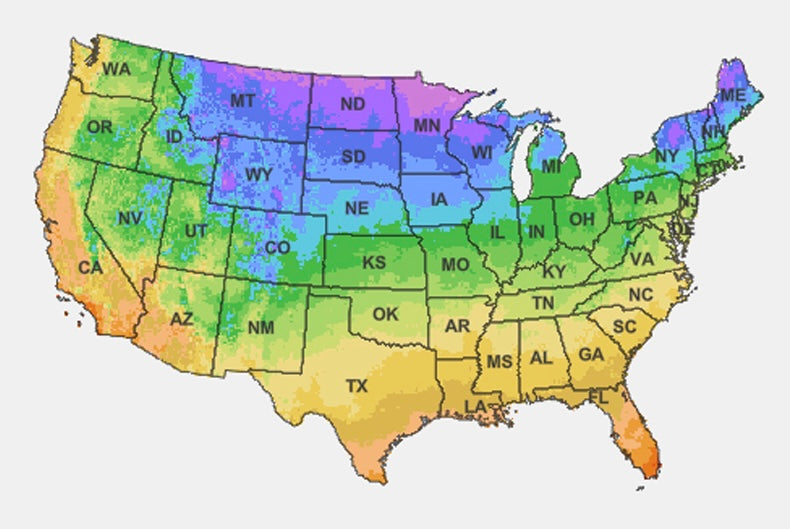
What You Need to Know About the Updated USDA Hardiness Zones
Share
Recent updates to the USDA hardiness zone maps have been driven by shifts in average temperatures, which are largely attributed to climate change. These maps, crucial for gardeners to determine the types of plants that can thrive in their regions, have seen many areas shifting into warmer zones. This means that gardeners in these newly warmer zones may now be able to grow plants previously unsuited for their regions. For instance, plants that once only thrived in southern zones might now be viable options in more northern zones. However, this also poses challenges, such as increased susceptibility to pests and diseases that favor warmer climates, and the potential need for different gardening techniques and plant care. The updated maps are more detailed and precise, helping gardeners make informed decisions about plant selection and gardening strategies to adapt to these changes.
Click Here to Explore the USDA's Interactive Hardiness Zone Map
